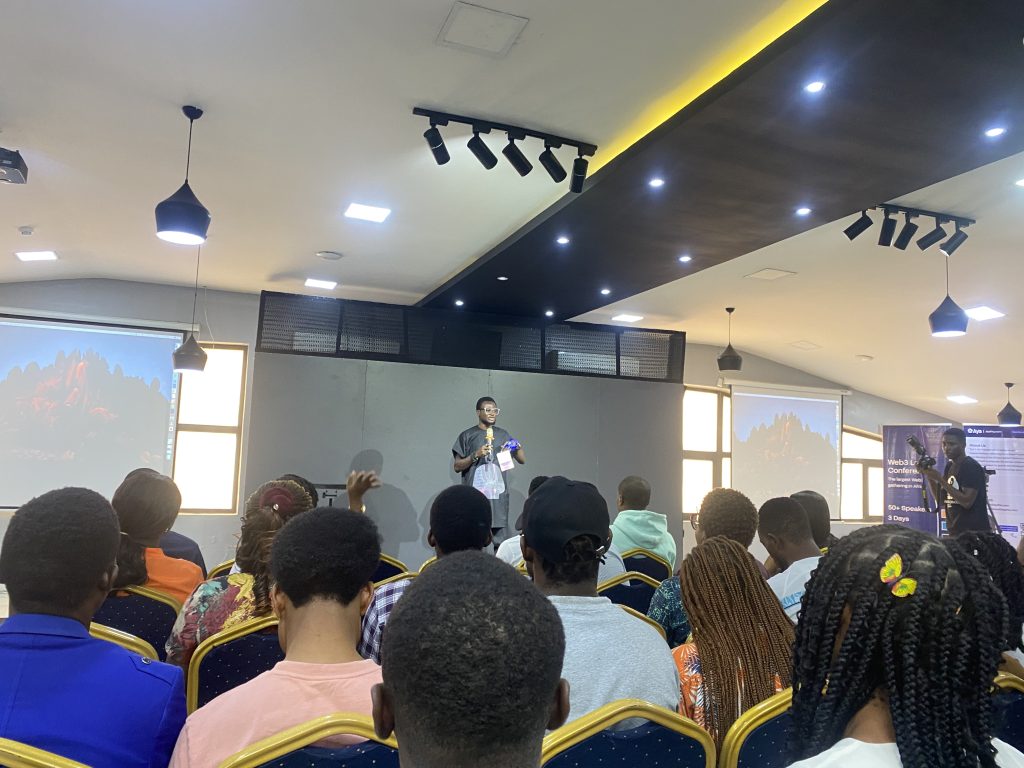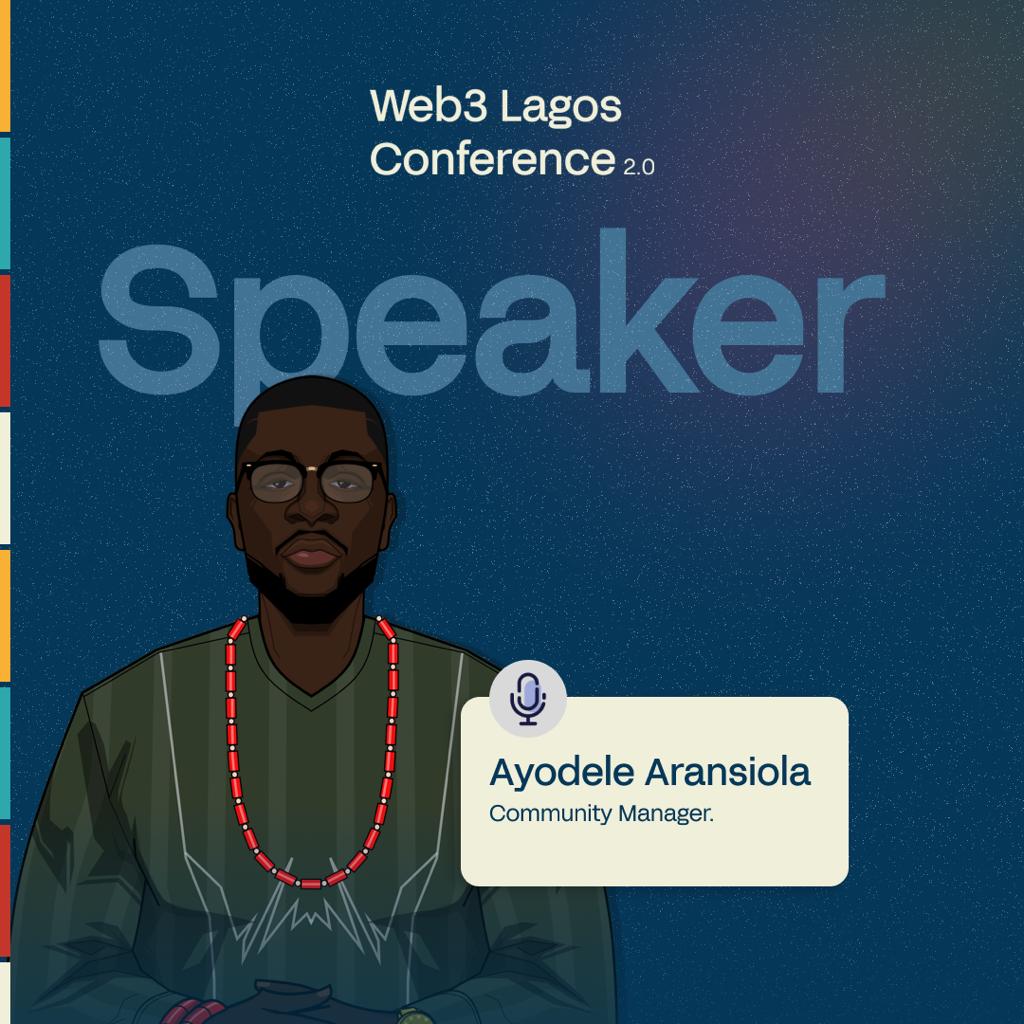
My journey in the world of communities began six years ago. I found myself in a new city where the concept of community and technology engagement was virtually nonexistent. Despite my background in computer science, there was no pre-existing community or tech ecosystem before I enrolled at my academic institution. Determined to change this, I took it upon myself to initiate and nurture a community, striving to cultivate a thriving tech culture in the city. Today, I am proud to witness the city’s growing exposure to technology, with the community continuing to flourish even after I graduated.
Throughout my journey, I’ve had the privilege of creating, leading, and managing various student developer communities, including Ingressive for Good (a campus-based community for technology enthusiasts), Google Developer Student Clubs (a university-based community for students passionate about Google technologies), Major League Hack (a global community of hackers on the mission of empowering members with different technology knowledge in different tech fields), and several others. Post-graduation, I assumed the role of Google Developer Group organizer (a city-based community for people who are passionate about Google technologies). Additionally, I was opportune to lead the Polygon Guild Abuja (a city-based community for blockchain and Web 3 enthusiasts) when the previous guild leader relocated to another country.
As I shared my experiences as a developer community manager, I emphasized the importance of starting with “why” when starting a new community. Drawing inspiration from Simon Sinek’s book “Start with Why,” I discussed how successful organizations are those that can clearly articulate their purpose and cause. This principle is equally relevant for Web3 companies and protocols. Every community must answer the fundamental question of why it exists, as it forms the foundation upon which goals, objectives, and purposes can be defined, pursued, and achieved.
When defining your “why,” consider the following steps:
- Establish your cause.
- Create an environment that fosters trust and collaboration.
- Give community members a sense of ownership.
- Embrace feedback as a means of growth.
Moreover, when building a community, you should have a plan or answers to the following:
- Who is your target audience?
- What value will the community offer its members?
- How will your community manager facilitate interactions?
- Do you have a roadmap for education and engagement?
Sustaining a community is equally crucial. To achieve this, consider the following strategies:
- Reward active community members and top contributors.
- Be patient, as communities may not meet your needs instantly.
- Educate continuously.
- Appoint ambassadors or representatives to support growth.
- Continually assess what is working and what is not, learning from your experiences and iterating accordingly.
In my exploration of Web3 communities, I’ve identified several challenges:
- Complexity: Many Web3 protocols and companies make their products overly complex, posing a steep learning curve for beginners.
- Security Risks: Some companies underestimate the importance of security, potentially leading to data breaches and financial vulnerabilities.
- Regulatory Challenges: Parts of the Web3 landscape are yet to be regulated, presenting legal uncertainties.
- User Experience (UX) and Onboarding: Poor onboarding processes and poor UX contribute to reduced user retention rates.
To address these challenges, I propose solutions such as education, a security-focused mindset, robust documentation and accountability, comprehensive onboarding processes, and improved product UX.

Furthermore, I discussed the opportunities offered by protocols, blockchains, and Web3 products:
- Control Access: Web3 technologies provide enhanced control over access to data and resources.
- Transparency: Blockchain’s transparency fosters trust and accountability.
- Global Reach: Web3 technologies offer a global platform for innovation and collaboration.
- Room for Innovation: The web3 space is ripe for innovation, with endless possibilities.
Companies should prioritize community engagement, as it directly influences adoption and helps identify and address vulnerabilities.
In conclusion, I conveyed a critical message to companies operating in the Web3 ecosystem: Community is essential for success in this space.
For consultations, collaboration, or further engagement, feel free to reach out to me through LinkedIn, Twitter, or email.

